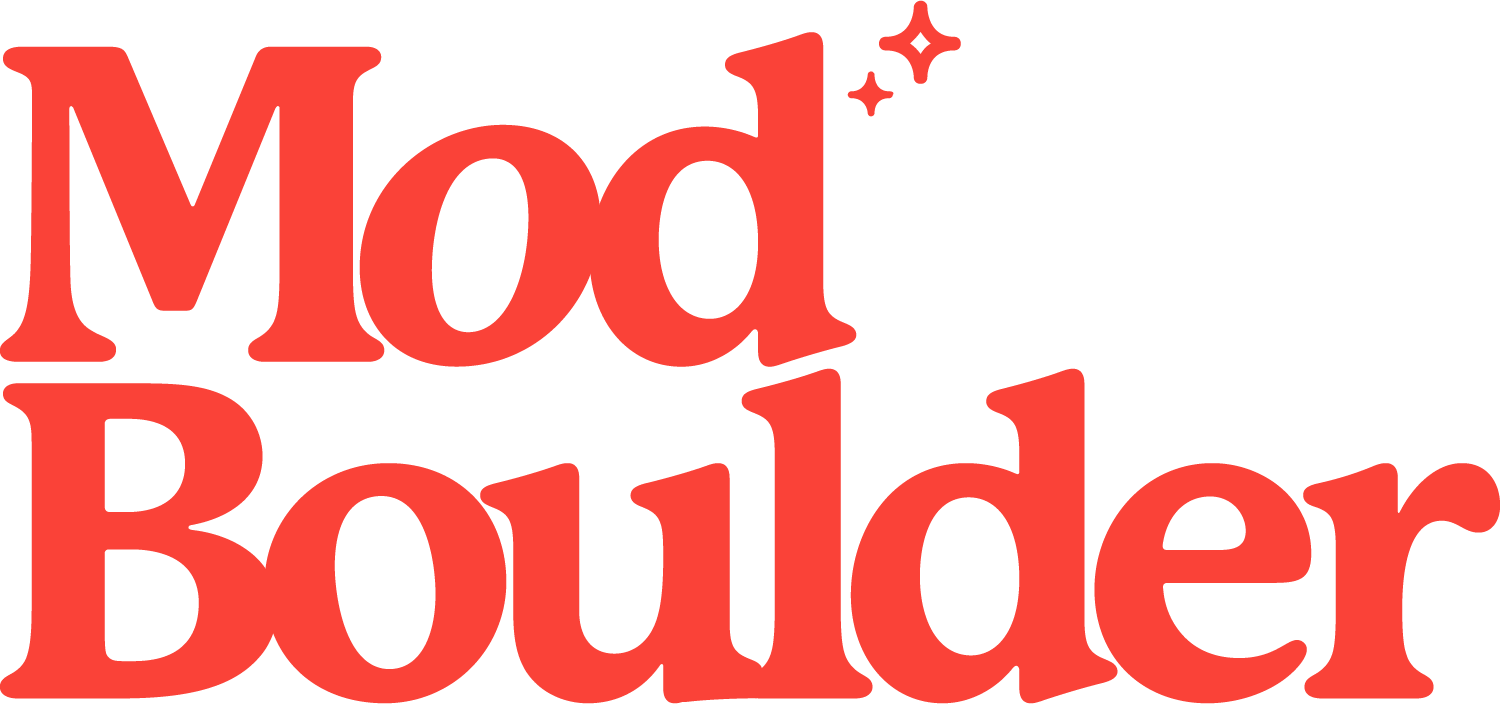What’s In a Name? A History of Boulder’s Neighborhood Names
"Names, once they are in common use, quickly become mere sounds, their etymology being buried, like so many of the earth's marvels, beneath the dust of habit."
— Salman Rushdie
As time marches on, naming conventions for neighborhoods, subdivisions, and infill projects have evolved. When Boulder’s original neighborhoods were platted, they generally had names that reflected something literal about the area, like a nearby park, an institution, or a topographical feature. Areas such as University Hill, Chautauqua, and Flagstaff come to mind.
With the dawn of the post-war era, the marketing of a subdivision become more important. While sometimes named after developers themselves, more often a neighborhood’s moniker was inspired by a well-known local person, a past president, or an existing urban or natural element that defined the area.
The passage of time often lends itself to wonderful historical narratives being left behind, lost to history and our focus on the future. To rekindle our collective curiosity, I’ve gathered some bits and pieces of history about the names behind some of Boulder’s neighborhoods and subdivisions.
Baseline
The Baseline Sub is a vibrant mix of students, families, and retirees. The subdivision’s southern boundary is—you guessed it—Baseline Road, one of Boulder’s most important east-west routes. Interestingly, Baseline Road marks the 40th parallel on world maps. A little history behind that fact: in 1854, the Kansas-Nebraska Act created the Kansas Territory and the Nebraska Territory, divided by the 40th parallel north. The 40th parallel is the primary “baseline” for surveying the land in the eastern portion of the new territory, hence the name for both the road and the subdivision.
Holiday
From 1969 to 1988, a twin screen drive-in theater operated on the site of today’s Holiday neighborhood. After the closure of the drive-in, the parcel was zoned for big box retail. When locals protested, the City of Boulder purchased the property, eventually selling the land to Boulder Housing Partners, who acted as master developer of the project and created a new 333-unit community. To help preserve the past, the original marquee along Highway 36 was refurbished and a street was named Easy Rider Lane, in honor of the first movie ever shown at the drive-in theater.
Interurban Park
The Interurban Park subdivision was platted around the same time the Interurban Electric rail line made its initial appearance in Boulder, allowing riders to commute between Boulder and Denver. The trains made 16 trips per day, running from 6:20 am to well past midnight. Eventually, the automobile’s rising popularity diminished the rail line’s passenger usage and in 1926, the Interurban was replaced by buses. In 1975, the defunct line was purchased by the Regional Transportation District (RTD).
The Newlands
What began as a fruit farm belonging to Boulder’s Newland family eventually evolved into one of our city’s most sought-after neighborhoods. Originally developed for the Newland family’s farmland around 1871, the family’s 140 acres were split into smaller tracts and sold individually. One of the tracts eventually housed the site of Boulder Community Hospital, which opened in 1922 and served as an anchor for the surrounding neighborhood. A sweet-and-crisp fact: many of the neighborhood’s lots still bear the original apple trees planted by the Newland family.
Noble Park
Noble Park is a neighborhood in northeast Boulder, located just east of Foothills Parkway and north of Valmont Road, and is a planned unit development consisting of 95 homes. Rumor has it that the neighborhood was initially named “Nobel Park,” and the street names were to be an homage to overlooked Nobel Peace Prize recipients. This story appears to have legs, as many of the street names fit the bill—Edison, Wright, Tesla, and Franklin, for example.
Silver Maple Village
The Silver Maple Village subdivision is a small plat within the Old North Boulder neighborhood. Its boundaries are approximately 15th Street to the west, 19th Street to the east, the Community Gardens to the north and Cedar Avenue to the south. While topsy turvy pop-tops are all the rage these days, the original homes were modest one-story ranches, often with a mid-century modern style. The developer of this subdivision gave every new homeowner a silver maple tree. Today, if you take stroll through this area, make sure to take note of the many mature and stately silver maples.
S’Park
S’park is a newer 10.3-acre mixed-use, mixed-income community infill project that ties Valmont Road to Boulder Junction. Resting on the old Sutherland Lumberyard site—a Boulder institution that operated for over 38 years before closing in 2010—the completed development will have 272 multifamily units, 100,000 square feet of office space, 40,000 square feet of retail, and a two-acre park. The name S’Park combines Sutherland and Park, recognizing the history of the lumberyard and the future of the new park.
As is often the case, human nature’s preoccupation with the future can inadvertently turn a blind eye against the gems and other treasures of the past. I hope the delights of yesteryear mentioned above—drive-in theaters, commuter rail lines, fruit farms, and silver maple trees—sparked a sense of wistful curiosity and nostalgia within you. I know they did within me.

